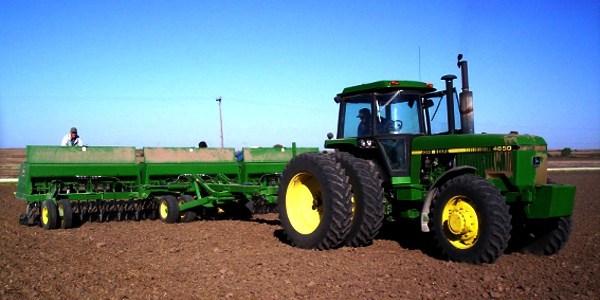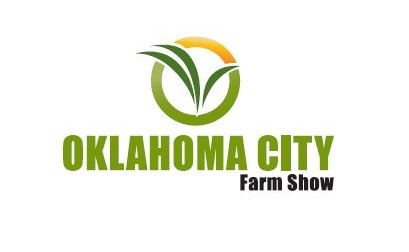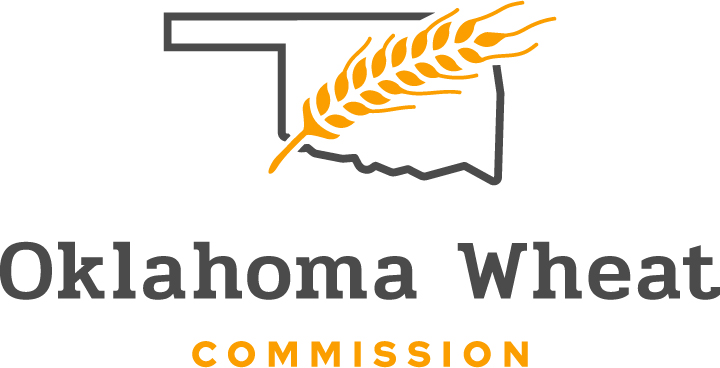
Agricultural News
Investment In Wheat Seed, Fertilizer Management Pays Off, Says John Fenderson, Bayer WestBred
Tue, 15 Sep 2020 08:47:39 CDT
 Winter wheat producers are encouraged to add extra investment in their seed and fertilizer management to boost early growth as it will pay off at harvest time.
Winter wheat producers are encouraged to add extra investment in their seed and fertilizer management to boost early growth as it will pay off at harvest time.
John Fenderson, Bayer WestBred wheat technical product manager for the southern region, talked with Radio Oklahoma Ag Network Farm Director Ron Hays about the need to get the wheat plant up and growing rapidly.
The one thing I consistently tell farmers is to utilize a pop-up fertilizer with the seed to get that early growth and vigor, Fenderson said.
University research has shown you can get twice the amount of early growth which is what you're looking for in the southern plains for pasturing stocker calves, he said.
Fenderson recommends 20 to 30 pounds of phosphorous (P205) and 20 pounds of nitrogen on 10-inch rows.
That's worth 3 to 5 bushels (per acre) at the end of the year, he said.
Seed treatment is another simple way to boost the early crop vigor.
If you're going to spend money to clean seed and put high quality seed in the ground, you need to protect that investment, he said.
Fenderson estimates it will cost $3 to $8 per bushel to treat seed, which could include some insecticides.
He noted early season protection of the wheat plant, particularly with aphids, some suppression of grasshoppers, army worms and others, really pays off.
It's money well spent, Fenderson said.
In addition, planting certified seed boosts the chances for profitability.
We've really pushed the envelope with our new varieties, Fenderson said.
We feel like long term the investment in the seed will be very important and makes sure wheat genetics keep up with the progress of other crops, he said.
New genetics are moving fast enough with high yields it's easy to see how you could pay for the seed with the improved genetics, he said.
During this past growing season, Fenderson said south of I-40 in Oklahoma the late freeze really hurt but in north central Oklahoma, a number of fields that were treated right showed yields close to and even exceed 100 bushels per acre.
Fenderson added he had one farmer show on his yield monitor that he was harvesting a spot of 200-bushel per acre wheat.
Potential for outstanding yields is there when the conditions line up with management, he said.
Click on the listen bar below to hear more of Ron's interview with Fenderson.
WebReadyTM Powered by WireReady® NSI
Top Agricultural News
More Headlines...




